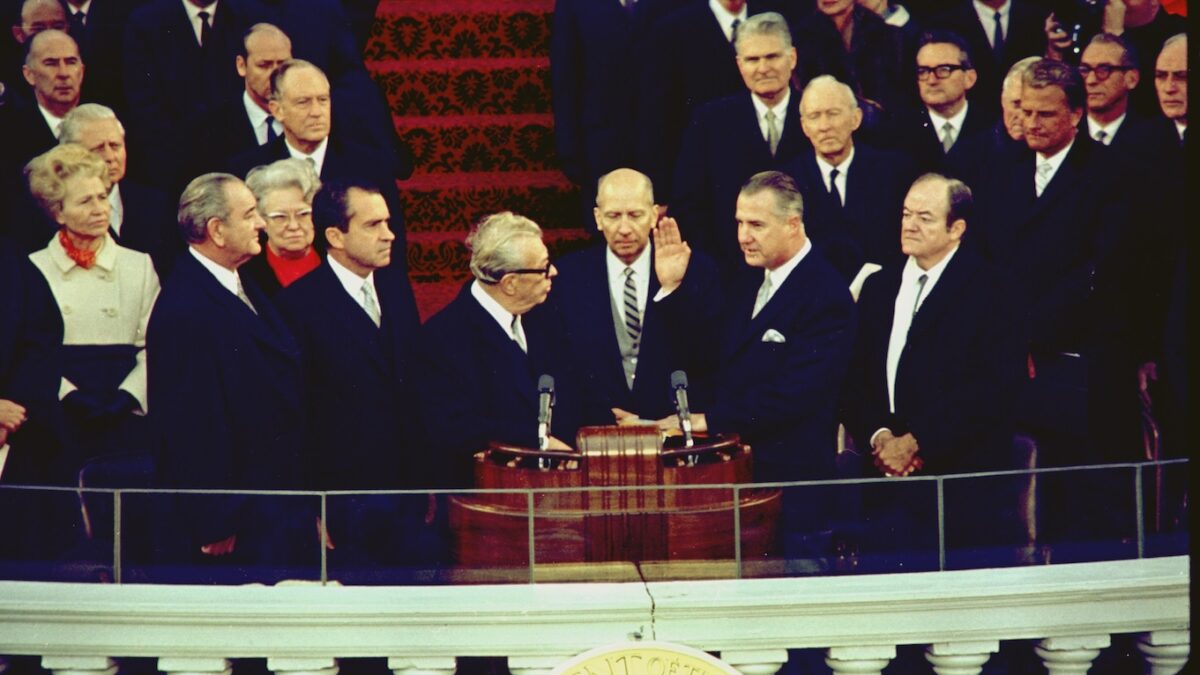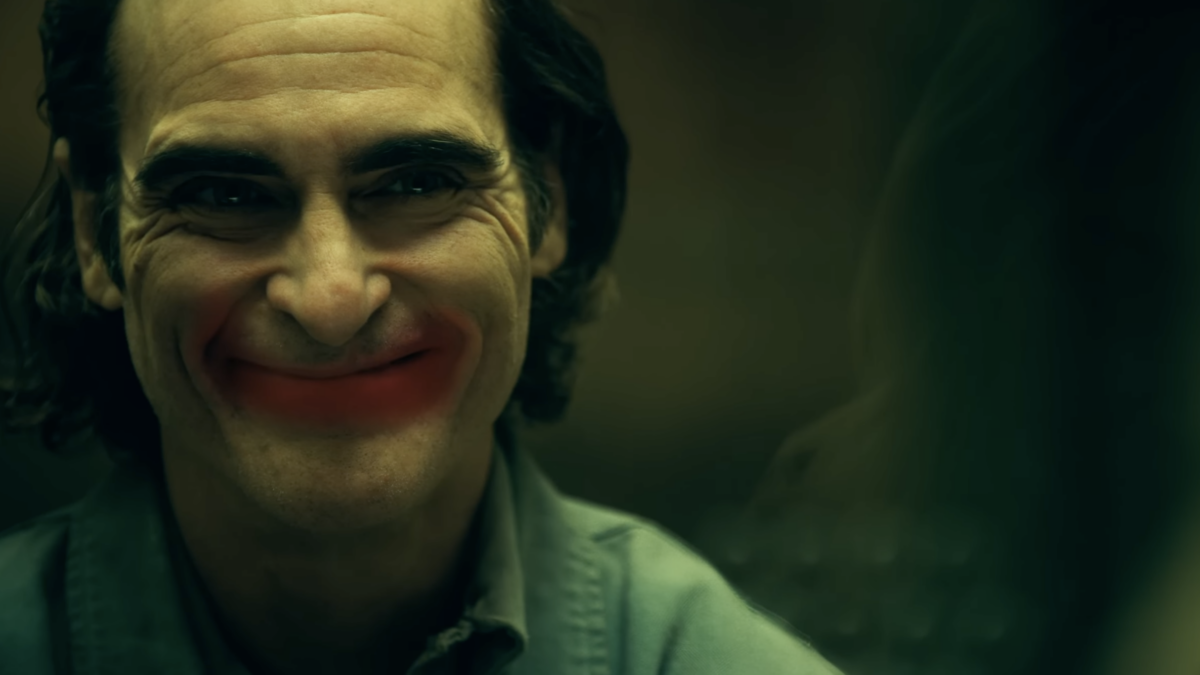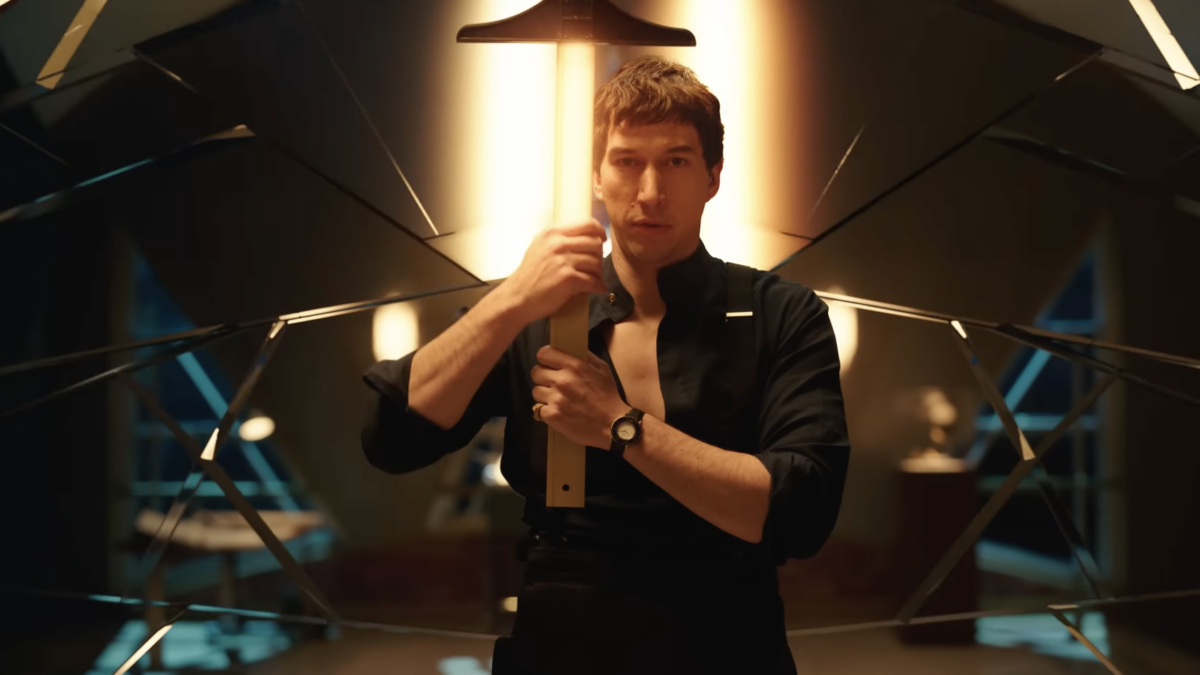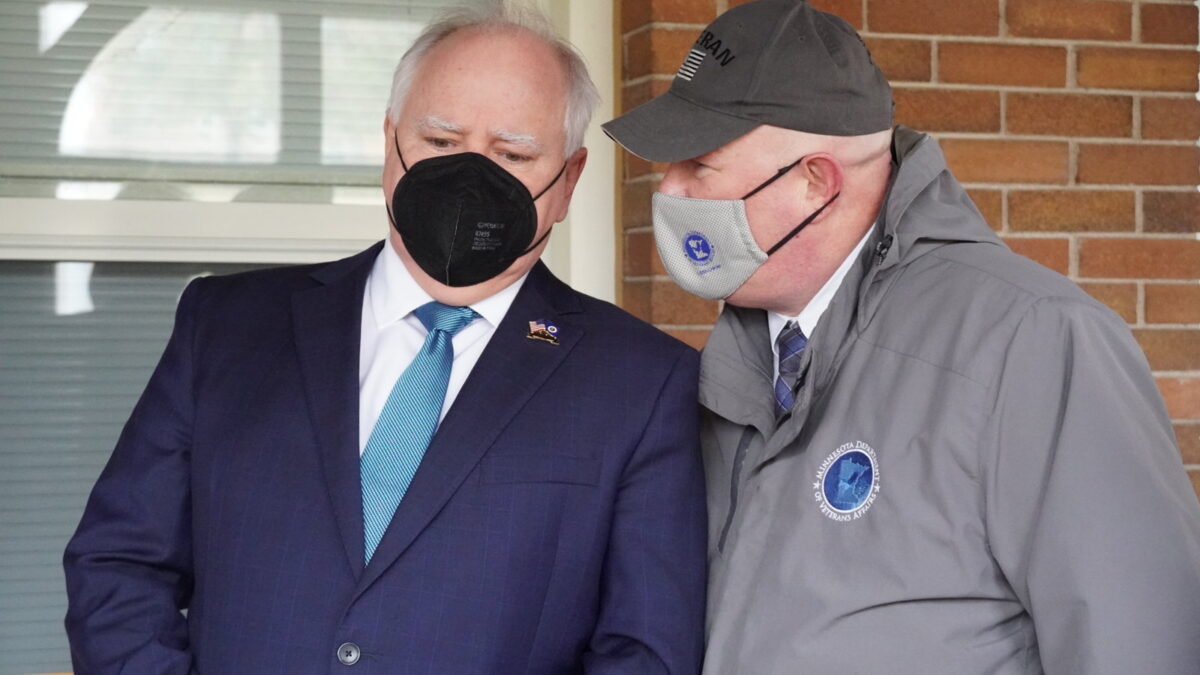
When a horror fan sees a list of names like Hitchcock, Argento, Carpenter, and Craven, it conjures the same feelings of admiration as names like Bach, Handel, and Beethoven or Rembrandt, Caravaggio, and Monet. In recent years horror fans have been forced to add more names to an ever-growing list of masters, such as James Wan and Mike Flanagan.
But I don’t think anyone would have ever guessed that the guy who played Jim Halpert on the U.S. version of “The Office” might have anything to do with a discussion of essential horror filmmakers. As shocking as that may be, “A Quiet Place” has certainly gotten John Krasinski onto the horror radar in a big way.
Krasinski has quietly been establishing himself as a filmmaker for the last ten years or so. This is only his third directorial credit for a feature film, and the first time he has done anything in the sci-fi and horror genres. Yet he is right at home. “A Quiet Place” is by far the best horror film of 2018 so far and it might be the best overall film as well.
That isn’t saying much, since we only just exited the first quarter, but it has considerably raised the bar for the rest of the year. This film is bigger than 2018. It really seems like an instant classic, and not just of its genre.
A Life of Total Silence
There are numerous reasons for this, but the primary one is simply that there has never been a film quite like it. The trailers revealed its premise, so discussing that shouldn’t spoil too much. At some point, the earth became infested with monsters that only respond to sound. So now everything humans do needs to be quiet—not silent, just quiet.
Loud noises draw murderous attention from the blind, bloodthirsty creatures terrorizing the planet. So humans walk barefoot, mark paths around squeaky floorboards, and use sign language instead of speech. This premise effects every detail of the film, from wardrobe design to not using doors. Seeing this premise executed so consistently is a bit overwhelming because we do not think about how big a role sound plays in our lives. It is present in pretty much every moment of everything we do.
Of course there are obvious comparisons to last year’s excellent “It Comes at Night.” Both films are dystopic horror based around a nuclear family trying to survive in a ruined world. So both deal profoundly with political philosophy, specifically the state of nature.
Hobbes Versus Tocquevillian Horror
Along these lines Paul Cantor has pointed out that zombie media can basically be divided into two groups: Hobbesian and Lockian. These explore the state of nature but give completely different analysis. The George Romero and “World War Z” branch is Hobbesian, claiming that anarchy results from government breakdown. “The Walking Dead” strand is essentially Lockean and Tocquevillian, showing that people can work together to solve their problems.
It seems relatively clear that “It Comes at Night” and “A Quiet Place” are respectively Hobbesian and Lockian. “It Comes at Night” portrays the state of nature as fundamentally paranoid. Its driving assumption is that government is required for human flourishing. Without systems of control, humans are essentially animalistic and violently tribal. Even the nuclear family is seen as a source of violence.
By contrast, “A Quiet Place” is almost surprisingly Zen-like. After you get used to the overwhelming existential quiet, this world does not seem inherently frightening. The lack of technological noise begins to feel pleasant and freeing. There is always good tension, but the world itself, the state of nature, seems like a basically good place.
The film’s monsters are invaders, not revealers of some stark nihilistic truth. Despite their awful circumstances, the family is basically happy living their quiet frontier-style life. The family is shown to be a source of joy, peace, courage, and ultimately sacrificial love.
This might have more to do with art imitating life than the art itself, because the married couple at the film’s center are portrayed powerfully by Emily Blunt and Krasinski, who are married with children in real life. Their marital joy is palpable throughout the film.
A Crucially Strong Concept
Strength of concept is probably the most important thing for an effective horror or sci-fi film. Its importance to these genres isn’t really comparable to other sorts of films. The success of “Black Mirror” demonstrates this perfectly. Anthology TV shows are not really made in other genres. The best ones have been related to horror or science fiction.
“A Quiet Place’s” strength of concept is simple but remarkably strong. It can become applied to pretty much any situation or setting by simply asking: How is sound involved? Continually throughout the film, truly horrifying sound-intensive situations arise. These range from the relatively mundane like playing monopoly without the plastic pieces to the very intense, such as going into labor while trying not to scream, which also was shown briefly in the trailer.
But maybe the most interesting situation is actually a trait. The couple’s eldest daughter is deaf. She is powerfully portrayed by Millicent Simmonds, who is actually deaf. In a not-so-subtle homage to the greatest horror performance of all time, her character is named Regan, after Regan MacNeil, whom Linda Blair played in “The Exorcist.”
All the performances are excellent, but Simmonds really steals the show. Come awards season, she should be seriously considered for a best supporting actress nomination. The way they use her character’s disability to heighten both dramatic tension and horrific suspense is brilliant. They often place you directly into her shoes by taking away all sound.
The producers heighten this effect by recording the diegetic sounds in the film on location instead of a Foley studio. It feels very authentic. They were able to do this by keeping the filming basically silent. One reviewer who was at the SXSW festival premiere insightfully commented that sound feels like a violent intrusion into the film.
“A Quiet Place” is a truly excellent, thought-provoking film. This is required big-screen viewing for horror fans. It might be too intense for non-horror fans to experience in the cinema, but if you love movies check it out when it hits streaming and home video.
I give it 10/10.









